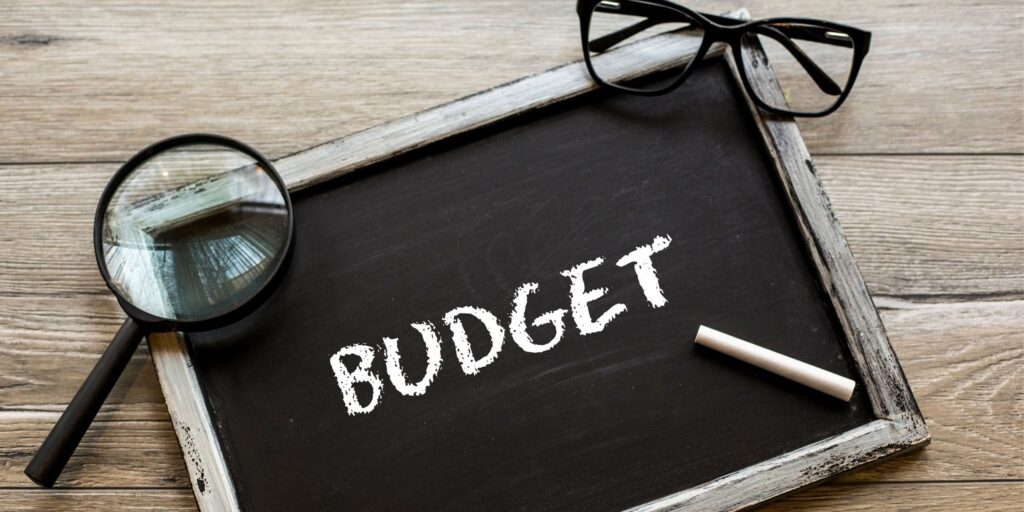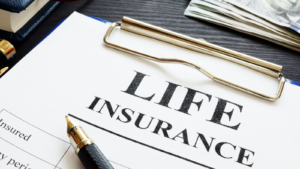When you’re in debt, it can seem like the only way to get out is by paying off your debts and starting savings accounts. But with a little planning-and maybe some motivation from friends or family members who want better financial behavior for themselves!–you could find yourself reaching milestones along this path: saving money towards repayment plans; reducing high balances through lower interest rates on loans/credit cards; earning more income so that even though there’s still an outstanding balance at starters point (or soon after), overall finances will be improving!
How to Create a Debt Elimination Plan
The best way to manage your debts is by setting up a repayment plan that will help you stay motivated and committed. With an actionable target, this process can give both the satisfaction of knowing how much progress has been made in reducing debt as well as provide some relief from those burdens weighing down on our lives!
It’s important to know your debts for your plan of debt elimination work. If there are any medical loans, make sure they show up on annual reports so that can be paid off with these funds as soon as possible!
A good place to start when trying to get rid of all this financial pressure would simply create a list – either by writing out each account individually or finding them through online services like Annual Credit Report which gives an overview across several platforms at once including active balances plus outstanding debts.
You can get a free credit report from AnnualCreditReport.com.
Make a List of Your Debts
To keep track of all your finances, you will need to create a list with the information from each account. This includes current balance and minimum monthly payment as well as any special conditions such as interest rates or repayment plans that may apply depending on whether an account is in good standing (i e., not behind).
Analyze your spending
It’s important to take a look at your spending habits because this will help you develop the best budget for yourself. You can see how much money is really going out each month when compared against what feels right based on actual numbers instead of just guessing or putting things onto credit cards without thinking about repayment later down the line!
Grouping your spending into categories such as rent/mortgage, utilities and subscription services will help you be more intentional with how much money is going in each area. You can also keep track of what’s coming out by looking at the other side: when it comes to groceries or transportation are there any surprises? What about insurance (e.g., health) that isn’t covered through another source like an employment benefits package
You might find that you’re spending more than $200 on dining out each month, but after tracking your purchases and all the things we buy for ourselves it turns out this number is closer to 600 dollars. Be sure not only notice any category where there’s room for savings in future expenses – like buying less coffee at work or ordering take-out instead of going out once every two weeks (which could add up quickly!),

Creating a budget
It is important to create a budget that will work for you. You may want something simple, like an envelope system where each month has its own designated spot in order not to have any money go missing because it’s too difficult tracking everything on paper; or maybe more of your time! If this sounds good then consider using one of these methods: The 50/30/20 method (50% comes out right away, 30 percent goes into savings)
The 50/30/20 Method
The key to managing your finances is understanding the numbers. Allocate 50% of income towards needs (e.g., debt payoff, rent), 30% for wants ( dining out or vacations) and 20 percent set aside in savings; this will help you prioritize what’s most important when it comes time to spend money on things like groceries-or maybe even an expensive hobby!
The Envelop System
The envelope system is a great way to curb spending without using your credit card or debit. First, set limits for how much you’ll spend in each category that month by labeling envelopes with the names of all outgoing purchases—takeout food included! Next, put cash into an individual account dedicated only towards these items until it runs out then wait till the next paycheck before making any more buys from this particular store again (or ever). With such strategy, there shouldn’t be anything stopping us now…
In order not to misuse our financial privilege we must always apply common sense when handling money.
Plan How to Pay Down Debt
When you’re in debt, it can seem like there is no way out. But with the right strategy and determination to stick with your plan even when things get tough-you will be able to pay off all of those balances soon! The two most popular methods for eliminating financial hardships are known as the snowball method or avalanche – each having its own benefits depending on what type of debts have accumulated over time.
Snowball Method: If you’re struggling to make ends meet, the snowball method can help. Put any extra money that comes in each month towards paying off your smallest debt while making minimum payments on all of the other balances – especially if they are not due for another year or more! Once one is paid off, move on to whichever remaining debts come next in size order until they also fall into place like magic (or at least enough so as not to burden yourself too much).
Avalanche method: The avalanche method is a great way to tackle your debts in order of the highest interest rate. First, put any extra money that you have each month towards the balance with this particular loan type while making minimum payments on all other balances – once it’s paid off move on to paying back another debt as per usual!
Paying down credit card balances with high-interest rates can be a sound strategy for getting out from under the heavy burden of debt. But it’s important not to sacrifice your long term well being in this process; if you’re only paying attention to how much money is coming into and going away as quickly as possible, then try looking at other solutions first that might better fit what matters most: Your budget & lifestyle goals!

Track Your Debt Elimination Progress
Tracking your debt payments and watching the balances decrease is rewarding, especially if you set small goals for yourself along the way. Even if things go wrong (or maybe even worse), there are always ways to see how far we’ve come as well as what has been paid off in order keep ourselves encouraged on this repayment journey!
Creating a spreadsheet with all of your debts, balances and monthly payments is the first step. Enter each payment that you make so watch as they decrease over time! You can also use free credit monitoring services like Credit Karma or Fair Isaac Corporation (FICO)to view these accounts weekly- perfect for setting reminders about when one balance should be paid off in order not miss any deadlines!
Seek Help
Don’t live in denial. If you’re struggling to cover your debt payments, there’s help available for that – even if it means taking a proactive step and contacting professionals who can offer sound advice on how best to handle such matters as this!
There are many debt relief companies out there that will charge you fees to dispute errors on your credit report. But not all these services deserve the trust of consumers, so be careful!
Credit counseling programs are an excellent way to get the information and resources you need in order to pay down your debt. Some may be free, while others charge fees but they all have one thing that unites them: their goal of helping consumers find ways towards financial stability through education on how debts work or specific services offered such as budgeting advice for those who suffer from chronic money troubles.
Debt Elimination Tips
When you’re working towards debt elimination, it can be hard. But with the right plan in place and some patience for your efforts to pay off those debts over time – they will disappear!
These are additional tips that might help:
It’s important to have an emergency fund in place before you divert any extra funds for debt repayment.
As you pay off accounts, I encourage you to start paying toward other debts. This will help keep your credit score healthy and ensure that if there is an emergency with one of these loans or cards in the future (i.e., medical bill), then it can be paid off quickly without worrying about whether or not they’re current on their payments!
Knowing that your credit score is going up can be an excellent motivator for paying off debt. You’ll want to keep track so you know when it’s time to make changes to maintain good standing with the banks!
It’s important to reevaluate your budget and financial situation if you change income during debt repayment.
When your debt is paid off, don’t stop there! Continue to use the budgeting process in order to keep yourself out of new debts.




Responses